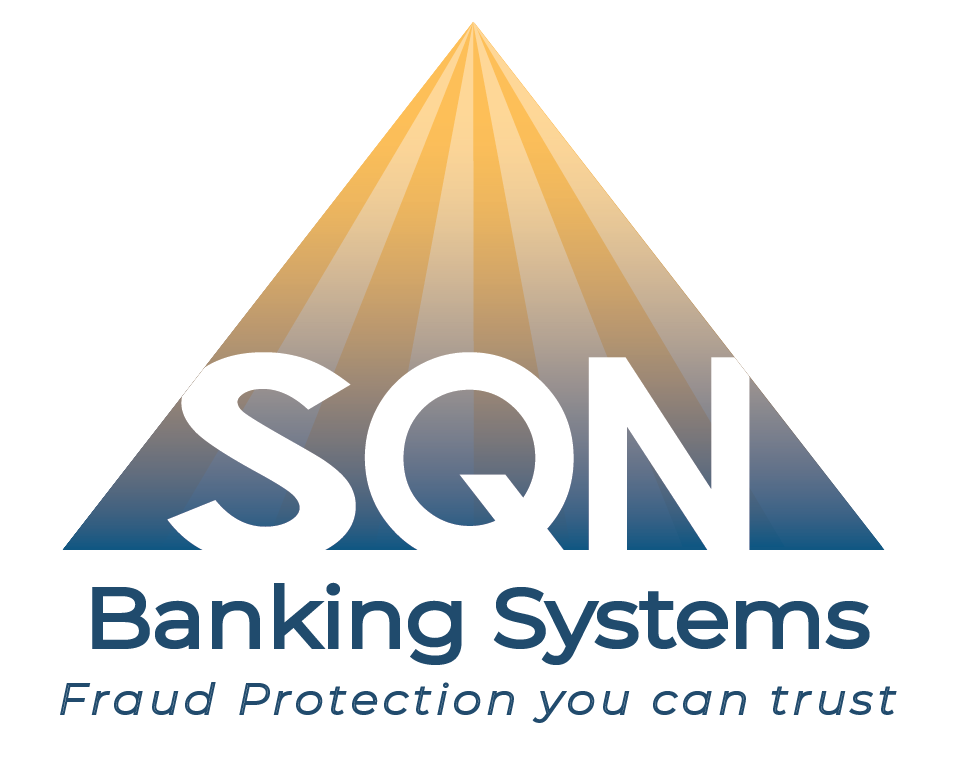Effective KYC Procedures Reduce Risk and Safeguard the Customer Experience

Banking customers expect to be able to use websites and mobile apps for all kinds of banking transactions including opening new accounts and applying for loans. To attract and retain a strong client base, your financial institution needs to provide digital services, but to protect your assets from fraud and criminal activities, you need strong digital identification and authentication methods that meet Know Your Customer (KYC) standards.
Fraudsters and criminals look for security gaps in digital ID verification and authentication processes. They use these gaps to commit application, identity ,and account takeover fraud as well as illicit crimes such as corruption, money laundering, and terrorist financing. To protect themselves, financial institutions need procedures that meet KYC regulations without impairing digital processes for legitimate customers.
Fraud detection and prevention services can help financial institutions strike the right balance between these objectives. To improve your KYC processes, keep these tips in mind.
1. Understand the purpose of KYC regulat9ions
Standard safety protocol in the banking industry, Know Your Customer procedures require you to verify your customer’s identity before they open an account with your bank. During your relationship, KYC means understanding the nature of your customer’s activities, legitimizing the sources of their funds, and monitoring their accounts for signs of money laundering risks.
The effectiveness of your risk and compliance programs hinge on your approach to KYC. To stay compliant and protect your bank from risks, you need to dedicate time and resources to KYC processes. But you need to do so carefully. KYC process can be expensive and time-consuming, while also being easy for criminals to get around.
2. Use dynamic indentification validation on new accounts
Whether someone’s applying for a loan or opening a checking account, you need to verify their identity. You need to ensure they are who they say they are, and you also need to make sure they don’t pose any known risks to your bank.
You can validate their name, date of birth, and address using government-issued IDs, but static online identification checks are prone to abuse. Fraudsters and criminals can easily crate fake identities and documents to get around identity checks. They may steal a complete ID or piece together an identity using a blend of stolen and fabricated elements.
To protect your financial institution, you need to use dynamic identification checks. For instance, to verify that the applicant matches the photo on their ID, you may require them to upload a selfie that includes proof of liveliness. Or, you may want to integrate other dynamic tools such as biometric or video ID verification.
3. Reduce friction in the customer experience
If the validation process is too complicated or confusing, customers will jump ship. They will head to the competition. While creating security protocols to vet new customers or validate existing ones, you need to always think about friction in the customer experience.
4. Balance bank security and the customer experience
You cannot hyper focus on minimizing the risk of criminal activities. You also need to consider how legitimate customers will move through the process. If you discover potential roadblocks, consult with your technology partners to find ways to streamline the experience without compromising your bank’s security.
To balance bank security and the customer experience, you should create KYC processes that do the following:
- Meet KYC requirements.
- Collect critical information about customers.
- Identify stolen IDs.
- Monitor applications and transactions for signs of fraud.
- Simplify the sign-up process.
In other words, you want an application process that allows legitimate customers to open accounts or apply for loans with as little hassle as possible. But at the same time, your processes should have safeguards in place that detect signs of fraud and criminal activity.
5. Analyze digital footprints.
Often the most effective way to spot fraudulent actors or criminals is to assess their digital footprint. Don’t just look at IDs and other traditional ID verification documents. Instead, invest in tools and solutions that help you analyze applicants’ digital footprints.
For instance, the combination of software and hardware a prospective accountholder uses when requesting to open an account can provide clues about whether they are a legitimate person or a criminal. Their address and phone numbers can also provide clues — criminals often use the same contact details repeatedly. Additionally, contact details compromised in security breaches are more likely to be associated with fraudulent requests.
Get Help From SQN Banking Systems
At SQN Banking Systems, we provide fraud detection and prevention tools that help financial institutions reduce their risk of fraud across all products and activities. Our tools work in real-time, and they use machine learning to constantly improve their fraud detection efforts.
To learn more about how we can help your bank reduce its fraud risk while also safeguarding the customer experience, contact us today. We can help you assess your current anti-fraud processes and identify where you need more protection.
